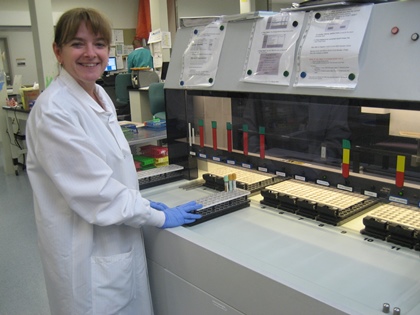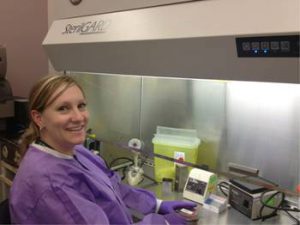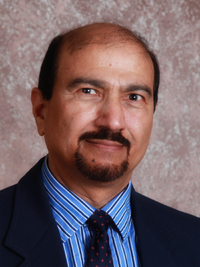
They are the unseen champions of patient care, interpreting information from millions of test results each year that are critical to doctors’ decisions about patients’ treatment.
Medical laboratory professionals ensure the diagnosis and treatment of disease doesn’t stop.
“They take wait times very personally because they know every extra day of waiting for test results is an agony for patients who are worried about their health or having a serious diagnosis like cancer,” said Dr. John Veinot, Chief Medical and Scientific Officer of the Eastern Ontario Regional Laboratory Association (EORLA).
Doctors rely on lab results for 85 percent of medical decisions – 100 percent in cases of cancer. The number and complexity of diagnostic tests is exploding as innovations in medical laboratory science allow more data to be extracted from patient samples.
That’s all part of a day’s work for the 900 medical lab technologists, technicians, medical and scientific staff members of EORLA, which serves TOH and 15 other member hospitals.
“Our lab professionals are never satisfied with saying something is good enough,” said Greg Doiron, Vice-President of EORLA’s Laboratory Operations. “EORLA’s advances come directly from our professionals, who care about patients and want to find better ways of doing things for them.”
EORLA by the numbers:
- 13 million tests completed in 2013
- 1.2 million people served in the Champlain health region
- Wait times for test results reduced, some by 50%; for example, tests for diagnosing cancer, liver and kidney disease returned in 4 to 5 days rather than 9.
- Costs reduced by an estimated $5 million a year, in spite of increasing demand
Meet two medical laboratory professionals
Dana Trofimczuk
Senior Technologist, Microbiology Laboratory
Dana Trofimczuk used to think lab technologists just churned out test results without considering the patient attached to the test. But after entering the field 10 years ago, she soon learned that nothing is routine in lab work. Results sent to the doctor include carefully thought out interpretations to help the patient, with options defined for the most effective treatments.
“Some pathogens can be treated one way for one patient but if a patient’s immune system is compromised it needs to be treated in another way,” Trofimczuk said. “Even though I don’t see patients, knowing that I’m part of helping them and making a difference in their care brings so much job satisfaction.”
Dr. Harman Sekhon
Cytopathologist, Cytopathology Laboratory
Physician pathologists and lab staff like Dr. Harman Sekhon won’t ever be the high-drama focus of TV shows like CSI, even though their work straddles the line between life and death every minute of the day.
“Our laboratory work is the cornerstone of patient treatment yet we’re in the background,” said Dr. Sekhon. “Patients aren’t aware of how essential we are to their care.”
Dr. Sekhon mainly diagnoses ravaging cancers – lung and gynecological – to save people’s lives. His detective work focuses on the microscopic details of malignant cells in tissue biopsies, delivering diagnoses on 30 to 50 cases a day. He sometimes zeroes in on only a few cells to get the facts he needs to define and help direct the most effective treatment for cancer patients.
But he doesn’t do his potentially life-changing work alone. While he makes the recommendations for patient treatment, he relies on precise teamwork from 12 supporting lab staff members who painstakingly prepare the slides.

Support patient care and research at
The Ottawa Hospital


 To reset, hold the Ctrl key, then press 0.
To reset, hold the Ctrl key, then press 0.